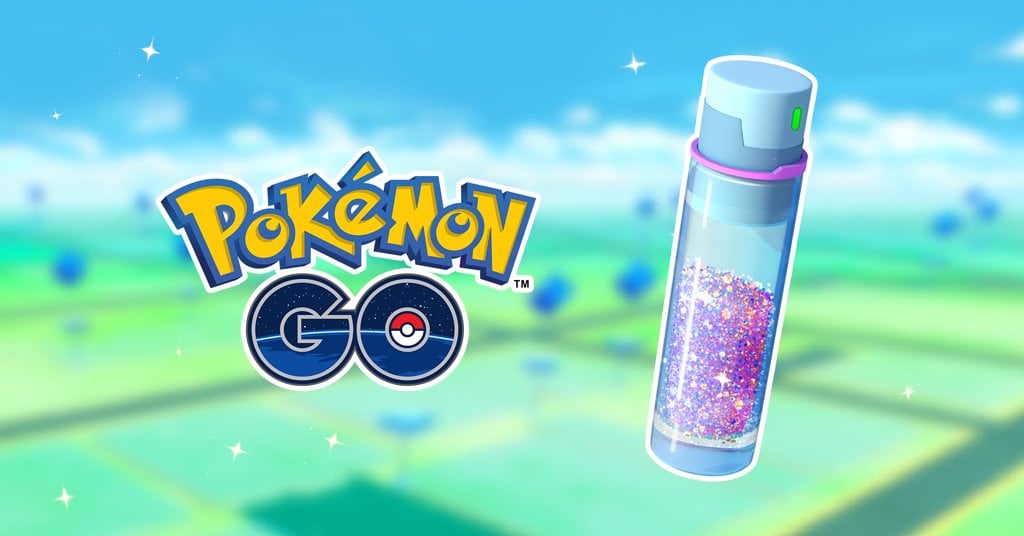


To find a selection of ways to spend Stardust, players just need to go to the Stardust Exchange tab in the Shop, which can be found from the in-game menu.įor 65 Stardust, players can buy two types of Fate: Intertwined Fate and Acquaint Fate, both of which are used for different types of Wishes. But then comes the big question of what exactly to spend it on. Even without spending real-world money, players should be able to rack up a good amount of Stardust.

What To Buy With Masterless Stardustīecause of how easy it is to make Wishes in Genshin Impact, pulling duplicate weapons happens often. For example, pulling a 3-star weapon duplicate will net the player 15 Stardust. Weapons are based on a star rating of 1-5, and if the weapon is a duplicate (as in, the player already owns one) and has a 3-star rating or higher, then the player will obtain some Stardust as well. Sometimes, players will pull a weapon they already own. Players must spend another currency, called Fates, to make a Wish in Genshin Impact. Related: Genshin Impact: What Starglitter Is (& How It Works)īecause of the gacha mechanics in this free-to-play RPG, rare weapons and additional characters are pulled through a system called Wishes. However, there are definitely ways to obtain it, which the game doesn't necessarily explain. Because it all comes down to RNG, obtaining Stardust is beyond a player's control. Whether it's farming for Primogem crystals or receiving Masterless Starglitter from one of the game's gacha pulls, there are plenty of currencies to keep track of in Genshin Impact. This includes Masterless Stardust that, like Starglitter, is obtained through RNG-based gacha pulls called Wishes. Genshin Impact has a LOT of different currencies to sort through, and Masterless Stardust is one players may be confused about, since the game doesn't explain it early on. Perhaps one of the biggest mysteries in Genshin Impact is finding out what all the in-game currencies do. The action RPG has countless dungeons, challenges, and treasure chests to find. Our Solar System is 4.5 billion years old, and the stardust is ancient, from before that time.The gigantic open world of Genshin Impact leaves a lot of mysteries to be explored. We know the dust must have been generated before our Sun formed. On Earth any original stardust has been destroyed because our whole planet was once molten, but there are a few very primitive asteroids where the stardust from before the planets formed has survived. You can predict with nuclear synthetic models which atoms would be produced in a red giant. You can also test actual stardust – some of it has survived in meteorites.It’s very small – smaller than the diameter of a hair – really fine dust that you can extract and measure.

How do you identify the chemical signatures of stardust from red giants? In our study we found that Earth’s palladium fingerprint – a specific enrichment of a certain palladium isotope – suggests there is more red giant material. We also see that stardust has its own signature depending on whether it’s from specific stars, like red giants or supernovae. What we and other researchers have discovered is that every planet or asteroid from which we have samples has its own isotopic signature. What can looking at the stardust origins of Earth tell us? Credit: ALMA (ESO/NAOJ/NRAO), Decin et al. We had already done a similar study with zirconium isotopes, but to look at palladium we needed high precision measurements, which only became available recently.Ī stream of charged particles emanating from red giant star R Aquilae. We looked at palladium isotopes in iron meteorites that come from asteroid samples. With high precision you can resolve the fingerprints, like a signature, of stardust in normal bulk material such as a rock. We used a mass spectrometer to measure how many atoms of a specific weight (isotopes) you have of an element in a sample. How did you and your team examine the stardust composition of our Solar System? It’s amazing that we can resolve this nowadays – for a long time we couldn’t and assumed everything in the pre-Solar System was well-mixed together. We see that this dust was not completely mixed in our Solar System – you still see a gradient with Earth having more of this red giant dust than Mars or the asteroids further away from the Sun. This means there is stardust from red giants produced before our Solar System was created that is still around today. Around the new star is a dust disc out of which terrestrial planets like Earth will form. Our proposal is that dust from dying stars travels in the interstellar medium, gets incorporated in a so-called molecular cloud which collapses and forms new stars like our Sun. What happened at the birth of the Solar System?


 0 kommentar(er)
0 kommentar(er)
